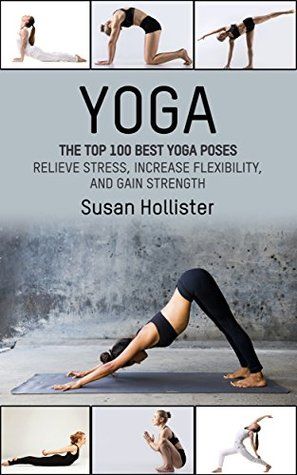Yoga for Stress Relief and Flexibility
Yoga is a comprehensive mind-body practice that has been around for thousands of years. It combines physical postures, breathing exercises, and meditation to promote overall well-being. Yoga not only improves flexibility and strength but also calms the mind and reduces stress. In this article, we will explore how yoga can benefit both your stress levels and flexibility.
Stress Relief
Life can be overwhelming at times, with numerous responsibilities, deadlines, and challenges. This constant state of stress can take a toll on our mental and physical health. Yoga provides an effective way to combat stress and restore balance.
Connecting Mind and Body
One of the key aspects of yoga is the connection between mind and body. By focusing on the breath and synchronizing it with movement, yoga helps to create a sense of mindful awareness. This cultivates a state of presence and helps to shift the focus away from stressors, allowing the mind to calm down.
Relaxation Response
Practicing yoga triggers the relaxation response in the body. This activates the parasympathetic nervous system, which is responsible for the “rest and digest” mode. As a result, heart rate, blood pressure, and cortisol levels decrease, promoting a deep sense of relaxation and reducing stress.
Flexibility
While stress relief is a widely known benefit of yoga, improving flexibility is another aspect that shouldn’t be overlooked.
Increased Range of Motion
Yoga incorporates various stretching and lengthening movements that target different muscle groups. Regular practice gradually increases your range of motion, allowing you to move with greater ease. This improved flexibility not only enhances daily activities but also reduces the risk of injuries.
Joint Health
By lubricating the joints and improving their mobility, yoga helps to maintain joint health. Many yoga poses involve gentle rotations and stretching, which can alleviate stiffness and discomfort. With regular practice, you may find that joint pain and stiffness are reduced, providing greater comfort in your daily life.
Tips for Getting Started
Find a Qualified Instructor
To ensure a safe and effective practice, it is recommended to find a qualified yoga instructor. They can guide you through proper alignment and modifications for your specific needs. Attending a yoga class also offers the opportunity to connect with like-minded individuals and create a supportive community.
Start with Beginner-Friendly Classes
If you are new to yoga, beginning with gentle or beginner-friendly classes is ideal. These classes typically focus on foundational poses and provide modifications for different levels of flexibility. As you gain confidence and experience, you can gradually explore more challenging sequences.
Make Yoga a Regular Practice
Consistency is key when it comes to reaping the benefits of yoga. Aim to practice regularly, even if it’s just for a few minutes each day. Set aside dedicated time for your yoga practice to prioritize self-care and stress relief.
Conclusion
Yoga offers a holistic approach to reducing stress and improving flexibility. By incorporating yoga into your routine, you can cultivate a sense of calm, balance, and increased physical mobility. Whether you’re a beginner or experienced practitioner, the benefits of yoga are accessible to all. Start your yoga journey today and experience the transformative effects it can have on your well-being.


